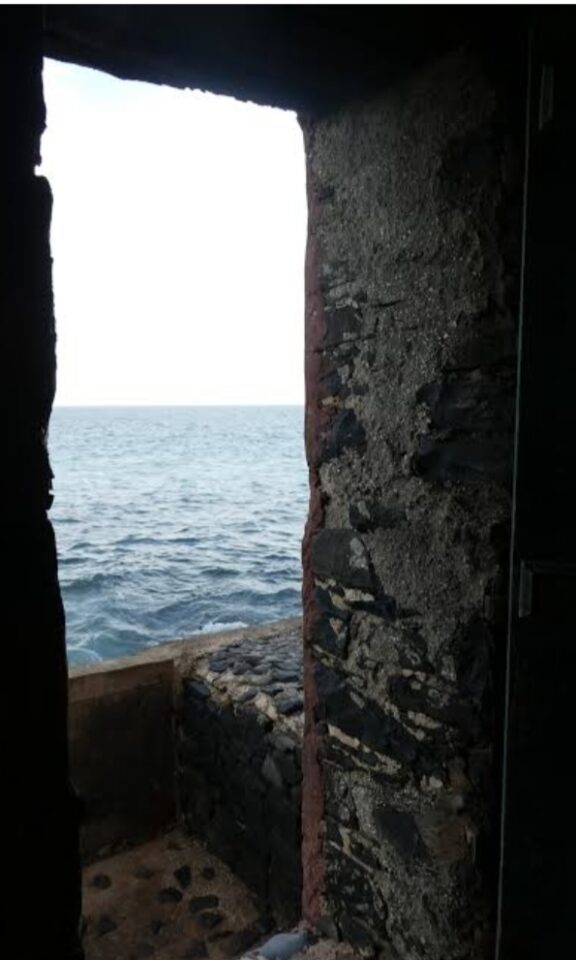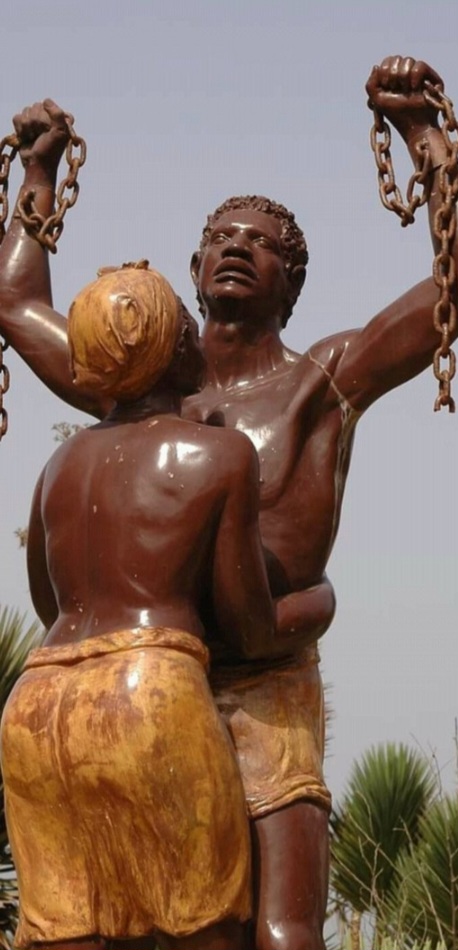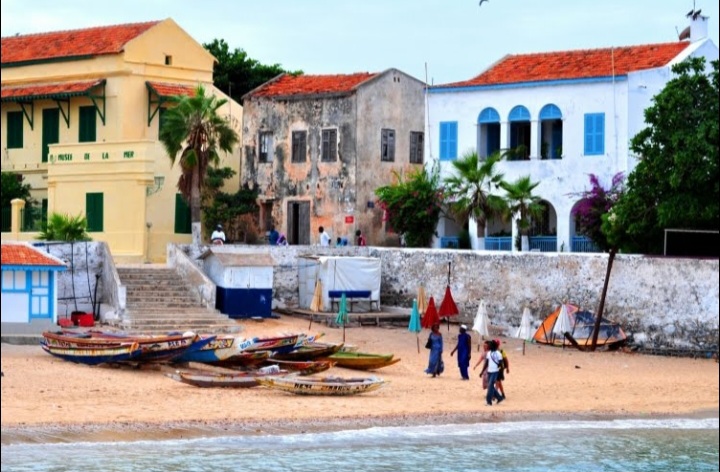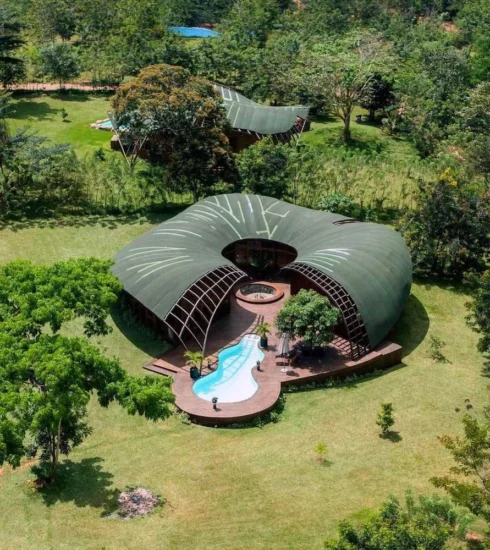Gorée Island: A Haunting Tale of Humanity’s Darkest Chapter
Off the coast of Dakar, Senegal, lies Gorée Island, a small patch of land surrounded by the calm, glittering waters of the Atlantic. It is, at first glance, a place of striking beauty, with its pastel-coloured colonial houses, winding streets, and lush greenery. But the island’s tranquillity hides a dark, sobering history that is deeply interwoven with the horrors of the transatlantic slave trade.
For centuries, Gorée Island served as one of the most notorious centres for the trafficking of enslaved Africans. It was here that men, women, and children were held captive, bound in chains, and reduced to mere commodities. The island’s most iconic and heartbreaking landmark is the Maison des Esclaves, or the House of Slaves. As you step through its weathered doorways, it is impossible not to be swept up by the overwhelming presence of the past. The rooms are small, cold, and suffocating, their walls heavy with untold stories of human suffering.

Imagining what life must have been like for those held here is to step into a nightmare. The air would have been thick with the smell of sweat and fear, the cries of children mingling with the soft murmur of the ocean. Hundreds of people crammed into tiny, airless spaces, their wrists and ankles bruised and bloodied by heavy iron chains. Their days would have been spent in dread, waiting for the inevitable moment when they would be led through the Door of No Return—the small, narrow passageway that opened directly onto the sea. Beyond this door was the ship that would carry them away, their eyes meeting the endless ocean with a mix of terror and hopeless resignation.
As they took their final steps on African soil, the waves lapping against the shore must have seemed like the heartbeat of the land they were leaving behind forever. Every footstep towards that ship marked a deeper plunge into the unknown—a future of unthinkable hardships in foreign lands, separated from family, community, and identity. The sea, vast and indifferent, was the cruel escort that carried them far from everything they knew and loved.
And yet, even amidst such unimaginable despair, one cannot help but wonder: what hopes did they cling to in those dark, silent moments? Perhaps some prayed for rescue, for a miracle. Perhaps others numbed themselves to the horrors around them, slipping into a state of shock as a defence mechanism. In their chains, they must have felt the weight not just of their own lives but of all their ancestors and descendants—an entire lineage uprooted by greed and violence.

Despite the cruelty that shaped Gorée’s past, the island today offers a haunting contrast. The sunlight filters gently through the trees, casting dappled shadows on the cobblestone streets where children now laugh and play, unaware of the history beneath their feet. The same ocean that once carried so many away now brings tourists and travellers who come to pay their respects. Gorée Island has become a place of reflection, where the pain of the past meets the calm of the present.
But even now, as one stands on the island’s peaceful shores, it is difficult to shake the feeling that the land itself still remembers. The Maison des Esclaves stands as a physical testament to human suffering, its walls seeming to echo with the whispers of those long gone. Walking through its corridors, you cannot escape the realisation that you are retracing the steps of thousands who once stood in the same place, gazing out at the same ocean, but under vastly different circumstances.

It is this overwhelming sense of history, of memory, that gives Gorée Island its emotional weight. The island is both a graveyard and a survivor—a scar on the landscape of human history. But like all scars, it serves a purpose: to remind us of what was, and to warn us of what must never happen again.
For the people of Gorée, life moves forward, though the island’s past remains woven into the fabric of their everyday existence. The art, the music, and the spirit of the islanders all reflect a resilience born out of centuries of hardship. It is a place where history is not just remembered—it is felt, in the rhythm of the waves, in the breeze that sweeps across the shore, and in the stillness of the night.
Gorée Island stands as a powerful symbol—not just of suffering, but of survival. It is a reminder that, no matter how brutal the forces of oppression, the human spirit is capable of enduring. And it challenges us, in the present, to honour that legacy by striving for a world where such horrors are never repeated. The island’s beauty is undeniable, but it is its heart—heavy with memory, alive with resilience—that leaves the deepest impression.







